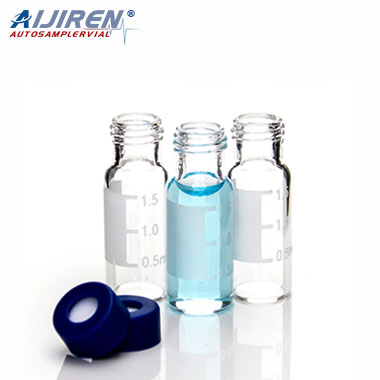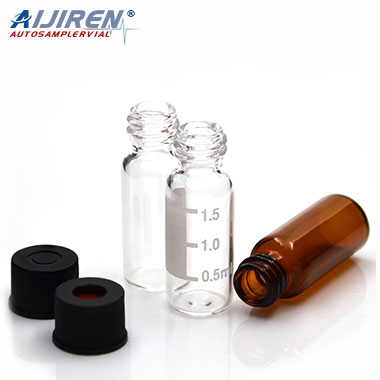Discover the importance of selecting the right surface properties in membrane filters: Hydrophobic vs. Hydrophilic options explained.
Discover the importance of selecting the right surface properties in membrane filters: Hydrophobic vs. Hydrophilic options explained.
Discover how membrane filters, including 0.8 micron filters, contribute to efficiency and purity in mining and metallurgy processes.
Discover how PTFE syringe filters excel in filtering environmental water samples. Learn about pore sizes, hydrophobicity, and their suitability for your filtration needs.

Syringe filter membranes are essential tools used in various laboratory processes to purify solutions by removing unwanted particles and contaminants. As such, it is common for scientists and researchers to have questions regarding the use of syringe filter membranes. This is where Frequently Asked Questions (FAQs) come in handy. In this article, we will explore some of the most common FAQs about syringe filter membranes, including their purpose, selection criteria, and maintenance.

Pes syringe filters are commonly used in laboratory applications to filter out particles and microorganisms from various solutions. They are made of polyethersulfone (PES) membrane, which is a hydrophilic membrane that offers high flow rates and low protein binding. The filters come in different pore sizes, ranging from 0.22μm to 5μm, and are compatible with a wide range of solvents and solutions. As with any laboratory equipment, there are frequently asked questions (FAQs) about pes syringe filters that users may have. In this article, we will address some of the most common FAQs related to pes syringe filters.

Sterile syringe filters are essential laboratory tools used for removing particulates and microorganisms from liquid samples. They are widely used in various applications, including analytical chemistry, pharmaceuticals, food and beverage, and biotechnology. As with any laboratory tool, users may have questions about their proper use, selection, and maintenance. In this article, we have provided answers to some frequently asked questions about sterile syringe filters to help users make informed decisions and avoid potential issues.

PVDF syringe filters are widely used in various laboratory applications such as sample preparation, sterilization, and filtration of biological and chemical samples. These filters are made of polyvinylidene fluoride (PVDF), a highly versatile and chemically resistant material that can withstand a wide range of solvents and temperatures. As with any laboratory consumable, there are several frequently asked questions (FAQs) regarding PVDF syringe filters. In this context, we have compiled a list of FAQs and provided concise answers to assist you in making informed decisions about the selection and usage of PVDF syringe filters.

Filtering is a common technique used in various applications to remove unwanted particles and microorganisms from liquids. One commonly used filter is the 0.45 um filter, which is designed to remove particles and microorganisms of that size or larger. In this set of FAQs, we will answer some common questions about 0.45 um filters and their applications.

0.22 um syringe filters are commonly used in laboratories to remove particles and microorganisms from liquids, especially when sterility is a crucial factor. These filters have a pore size of 0.22 micrometers, which allows them to effectively remove contaminants from the liquid being filtered. In this set of FAQs, we will explore common questions about 0.22 um syringe filters to provide a better understanding of their usage, capabilities, and limitations.